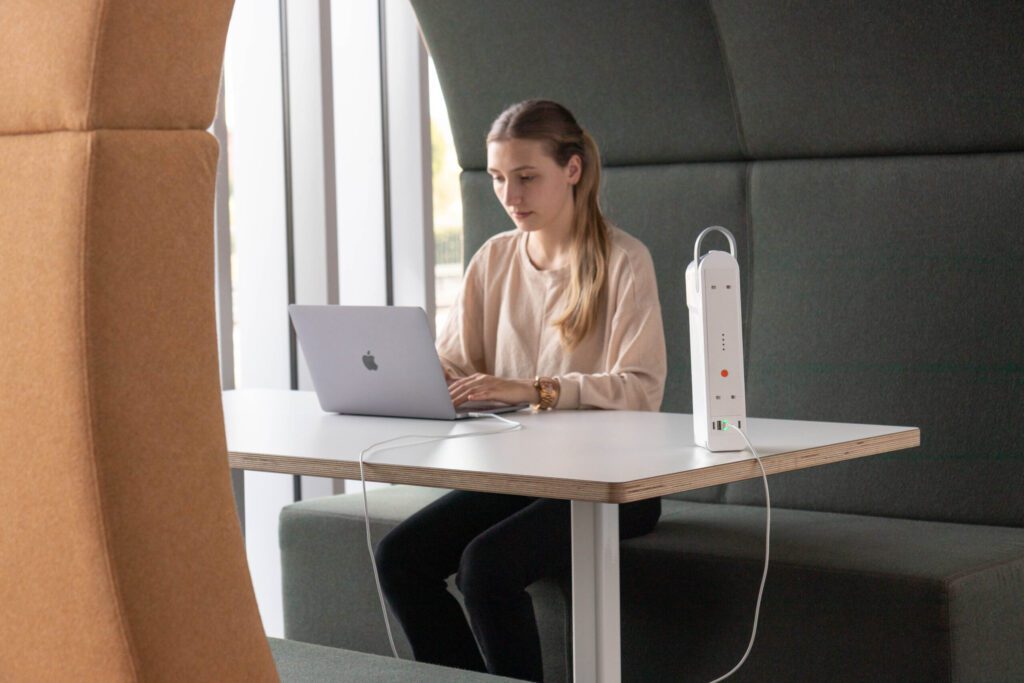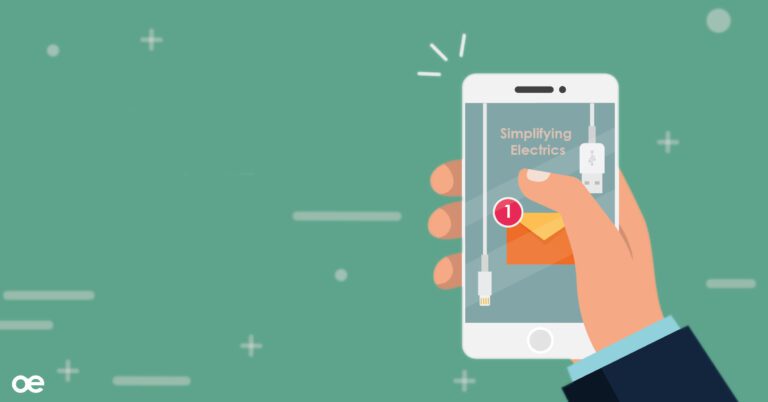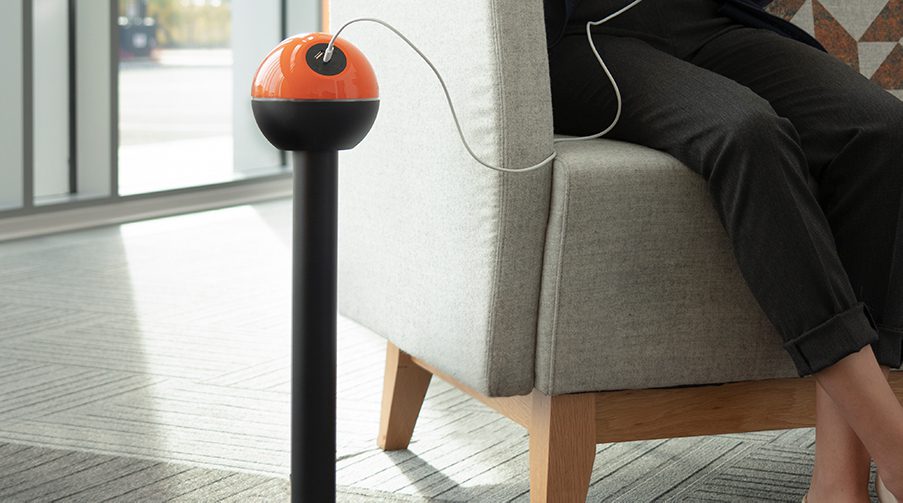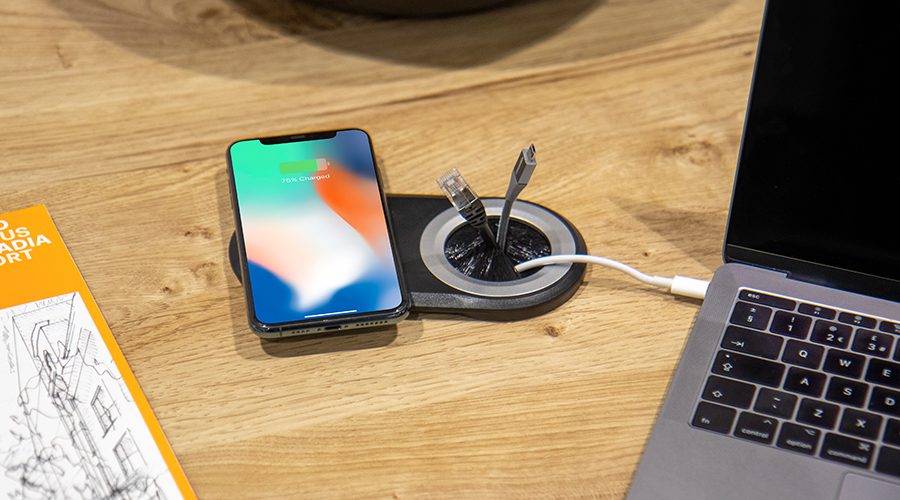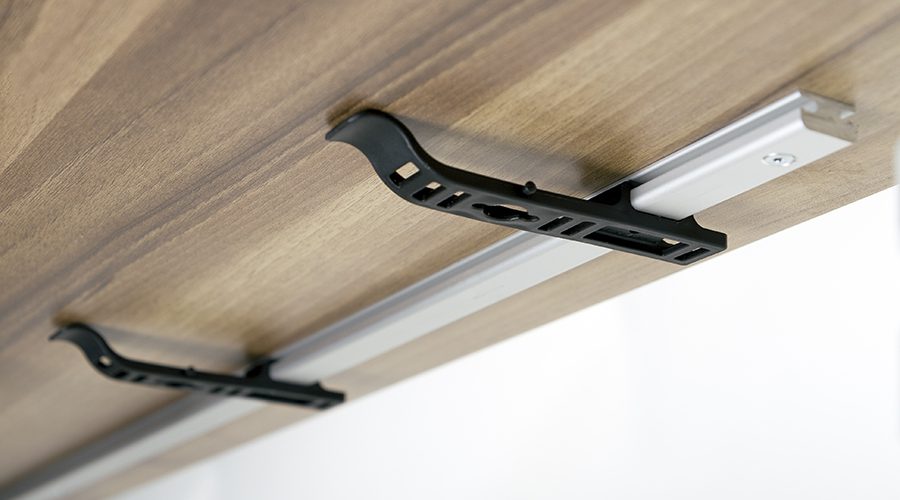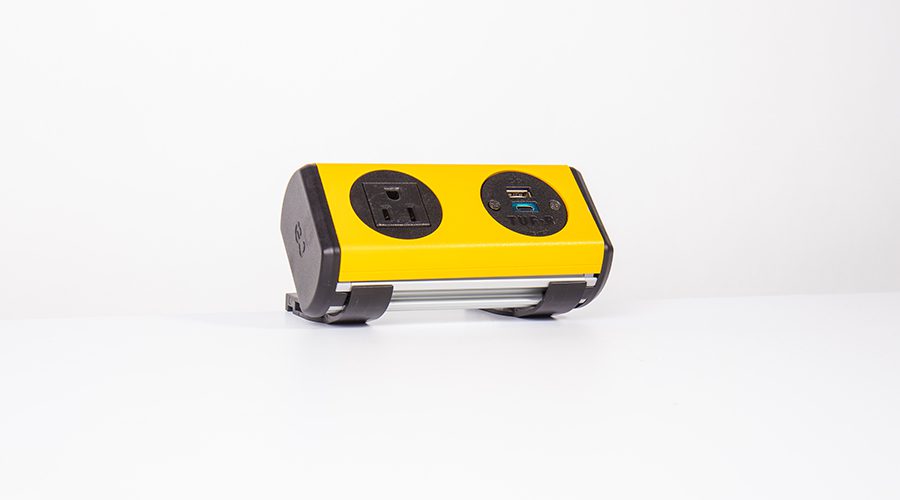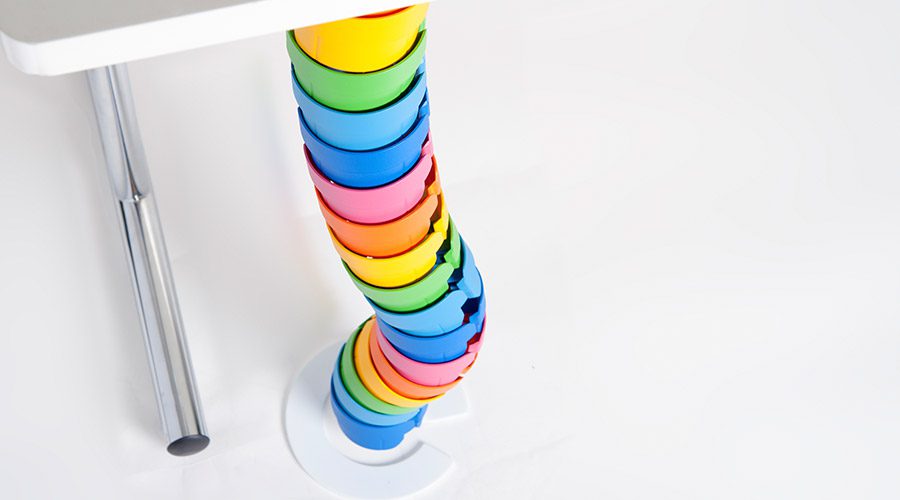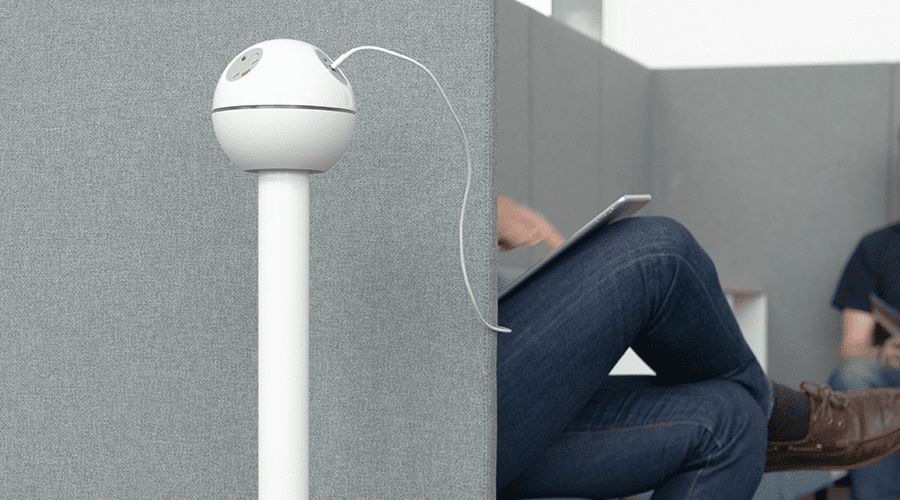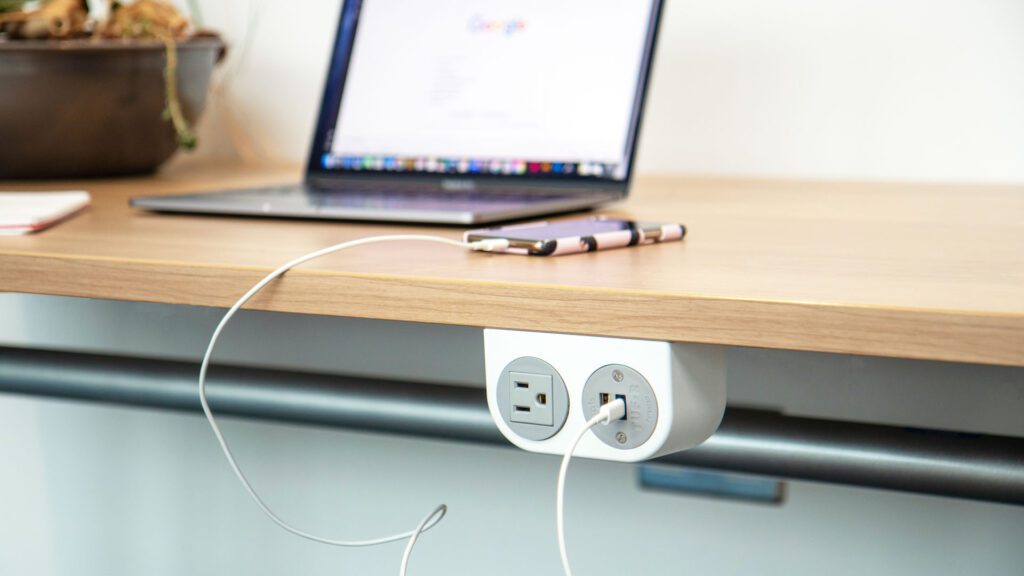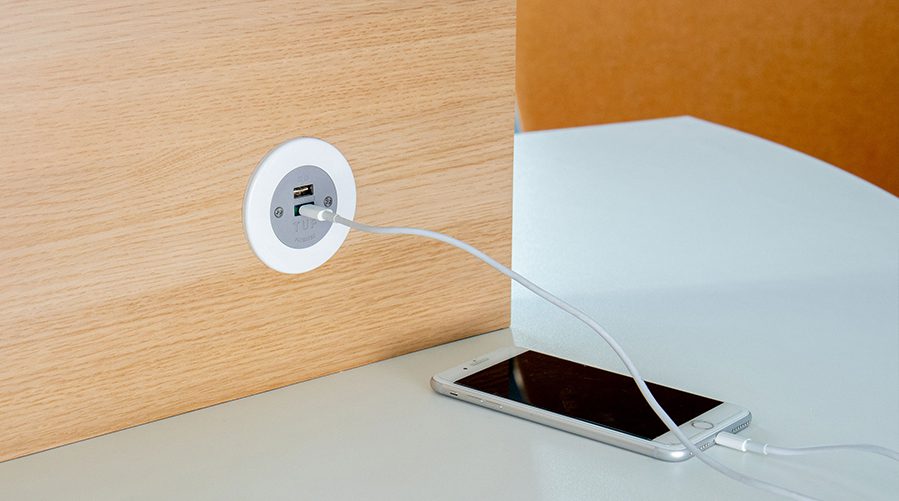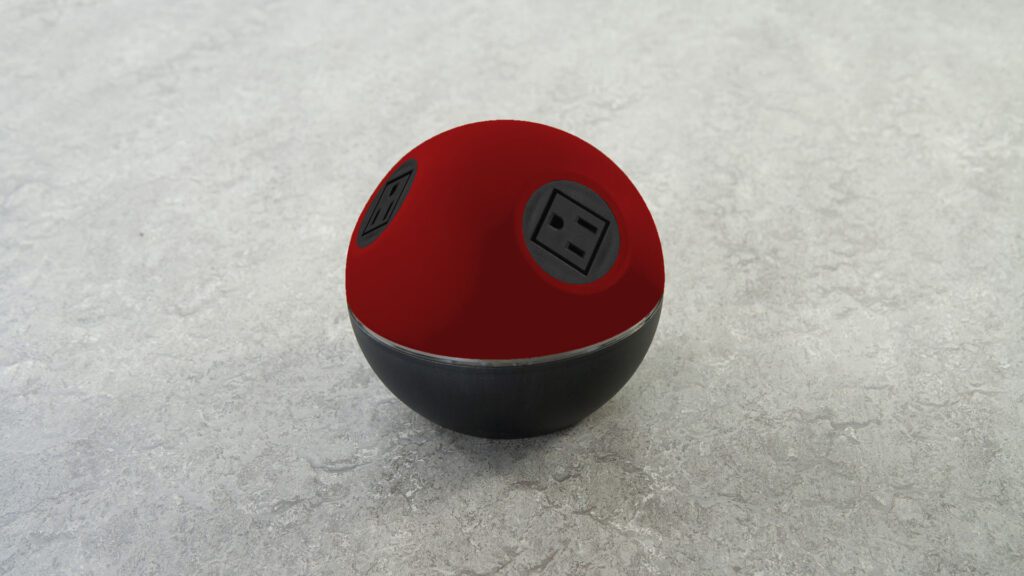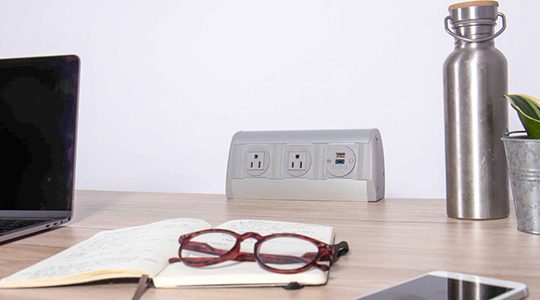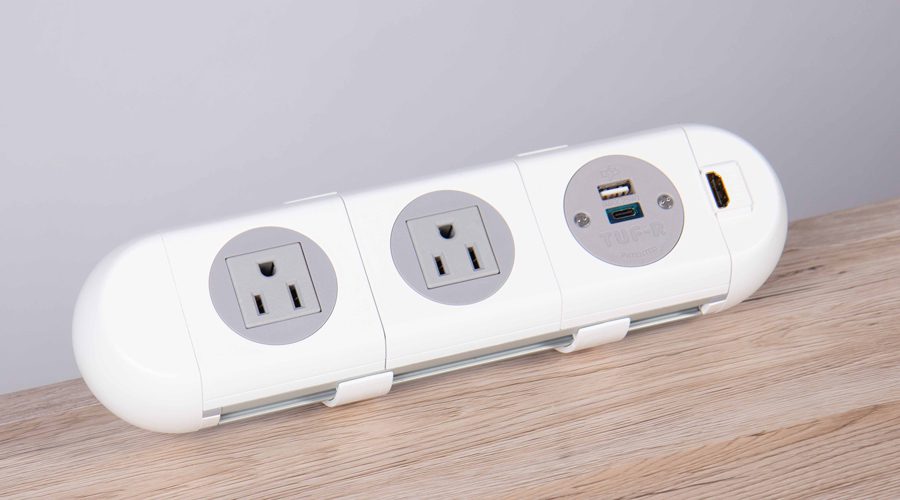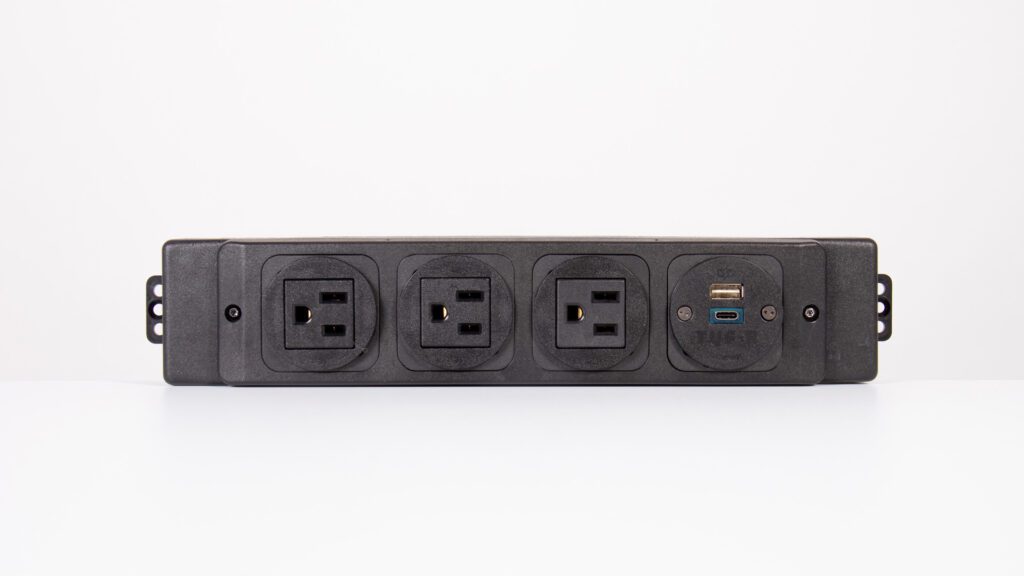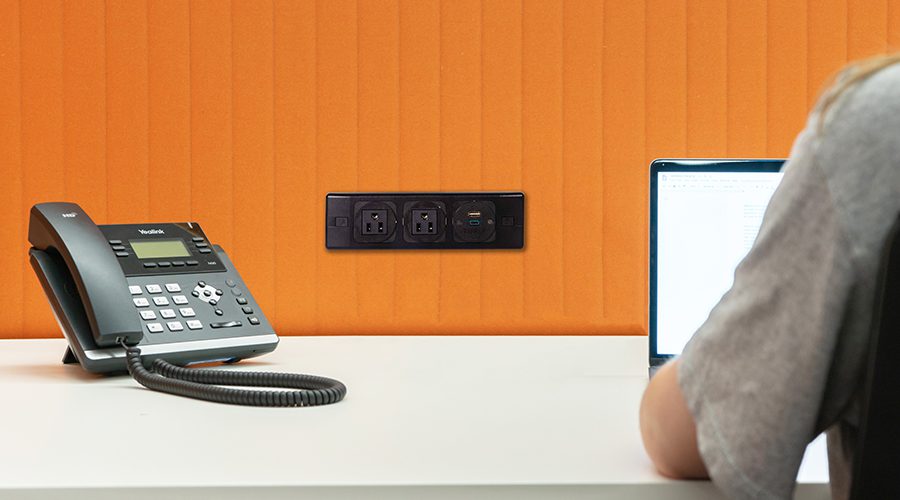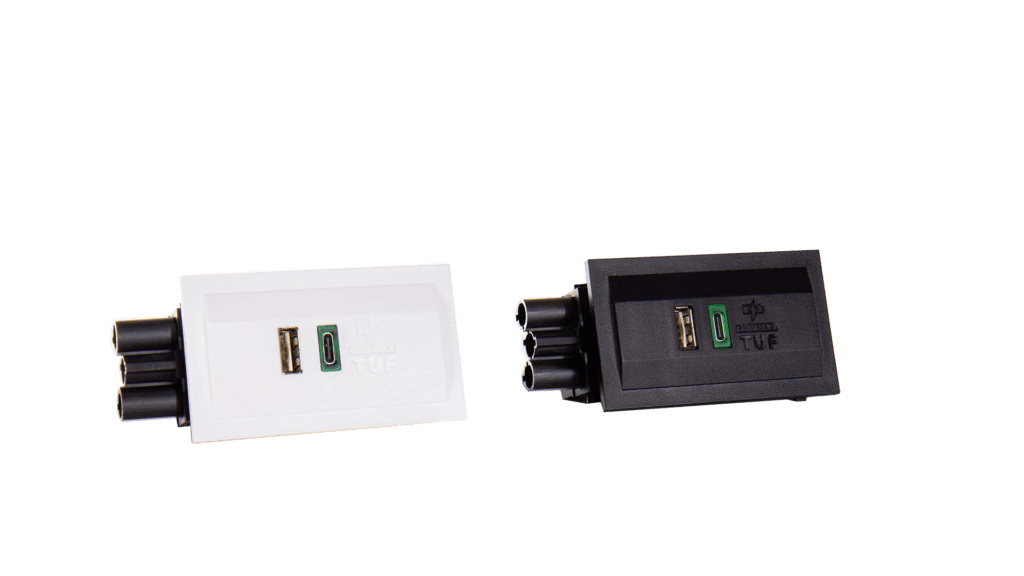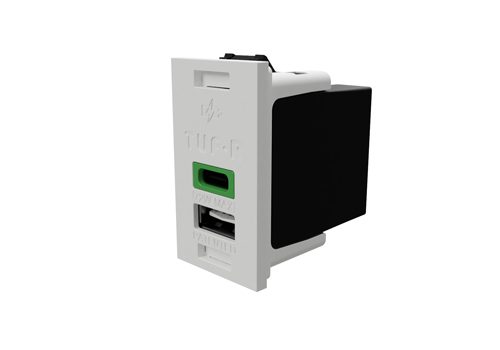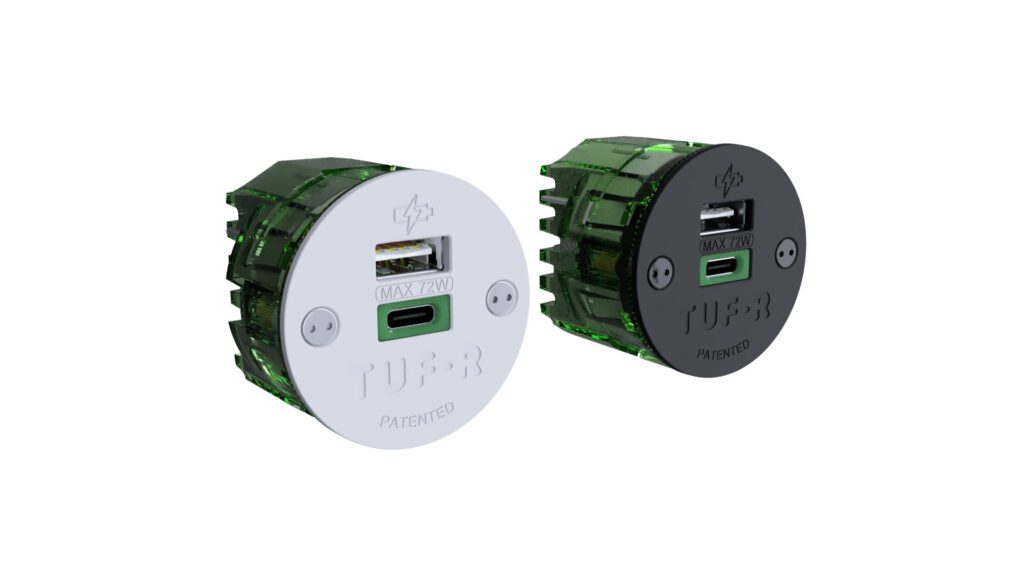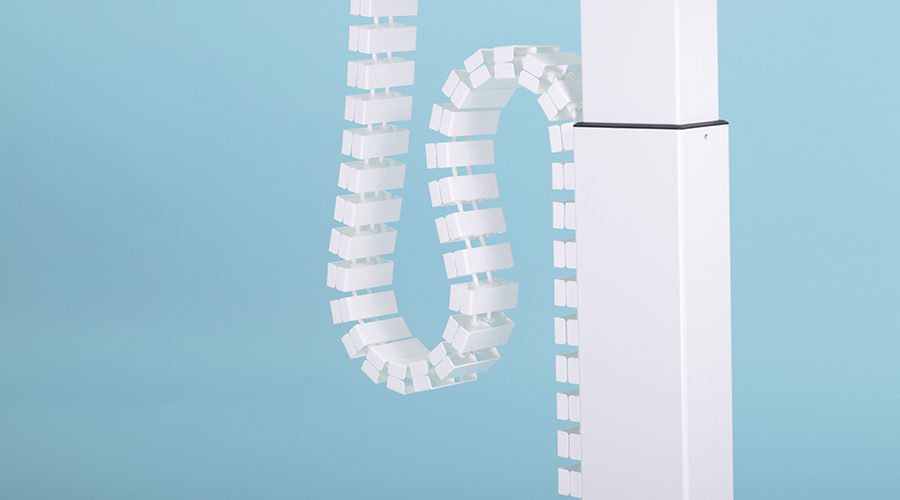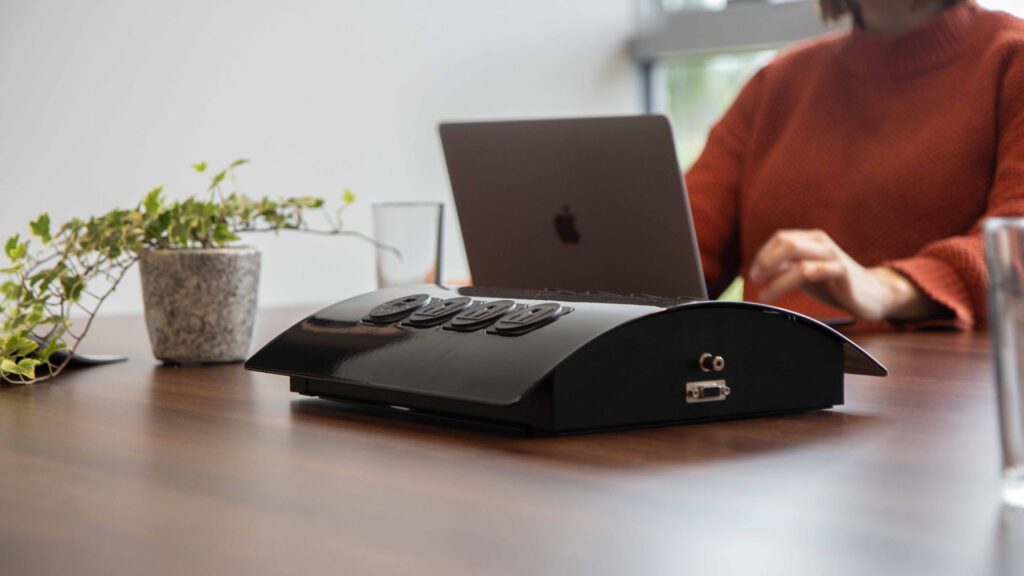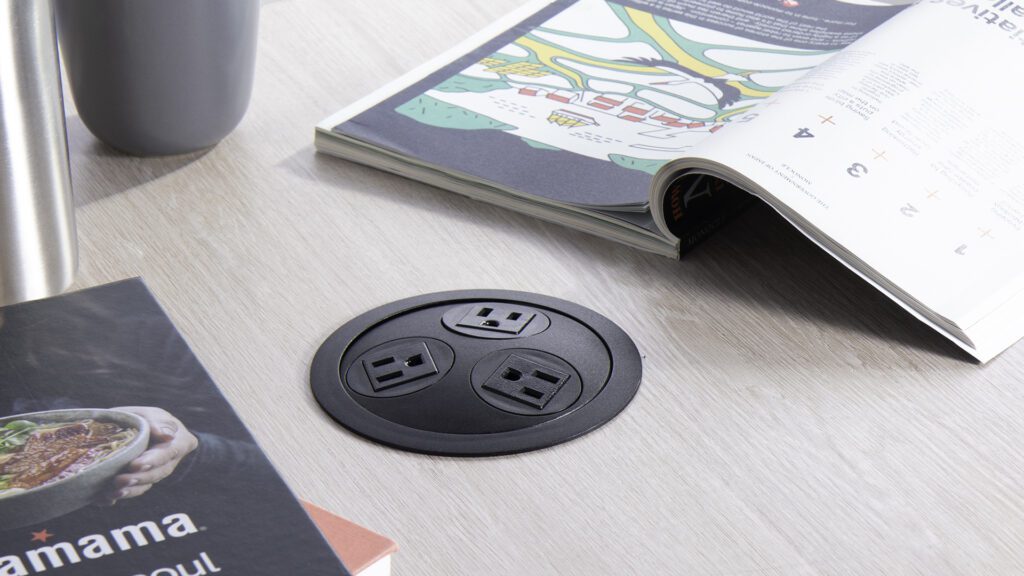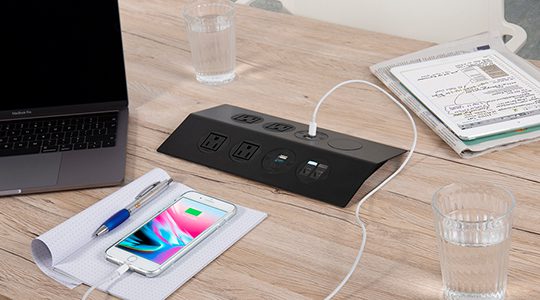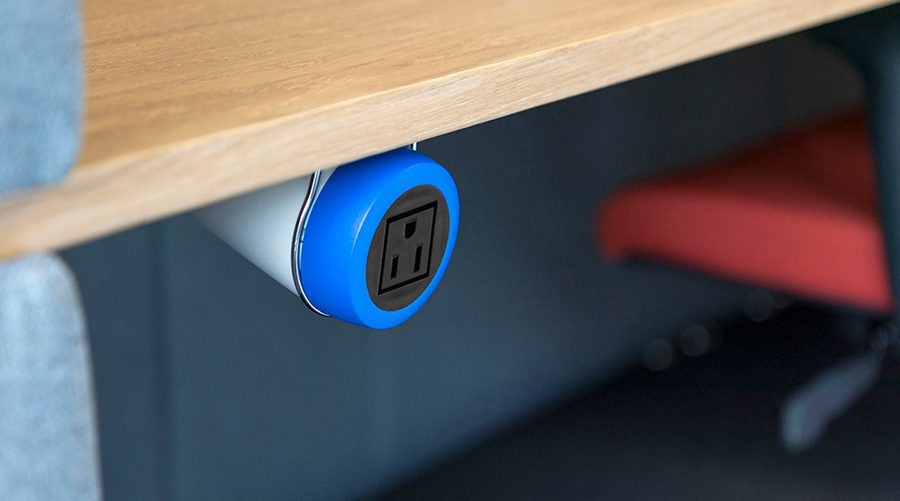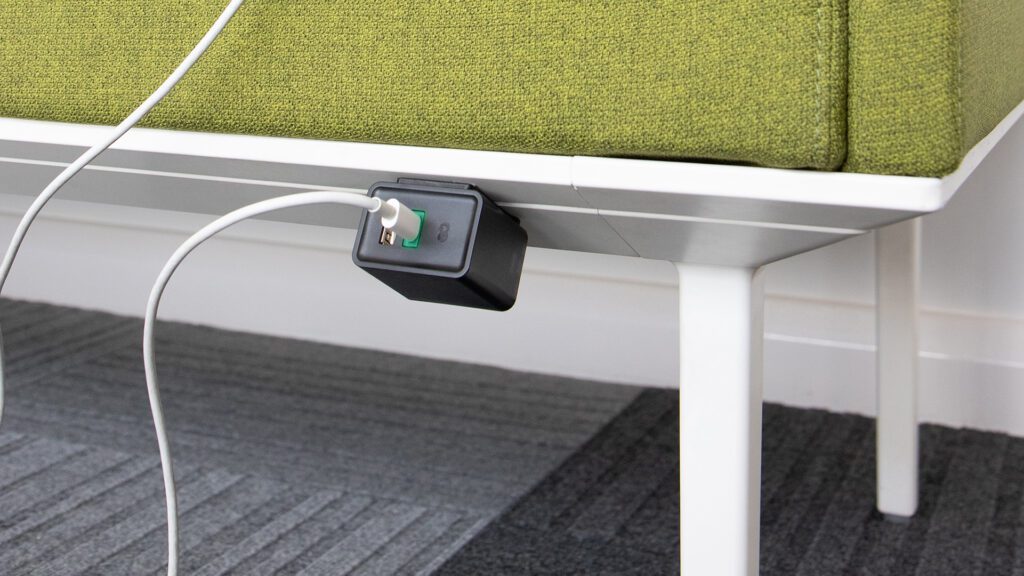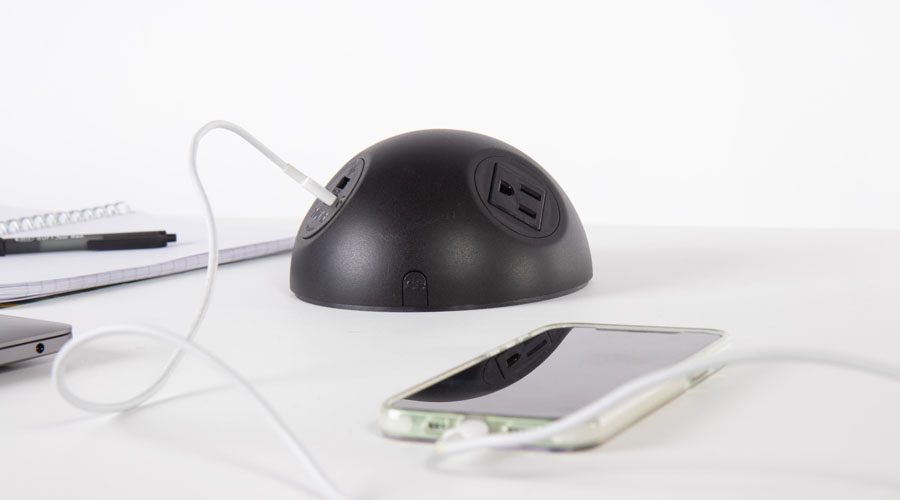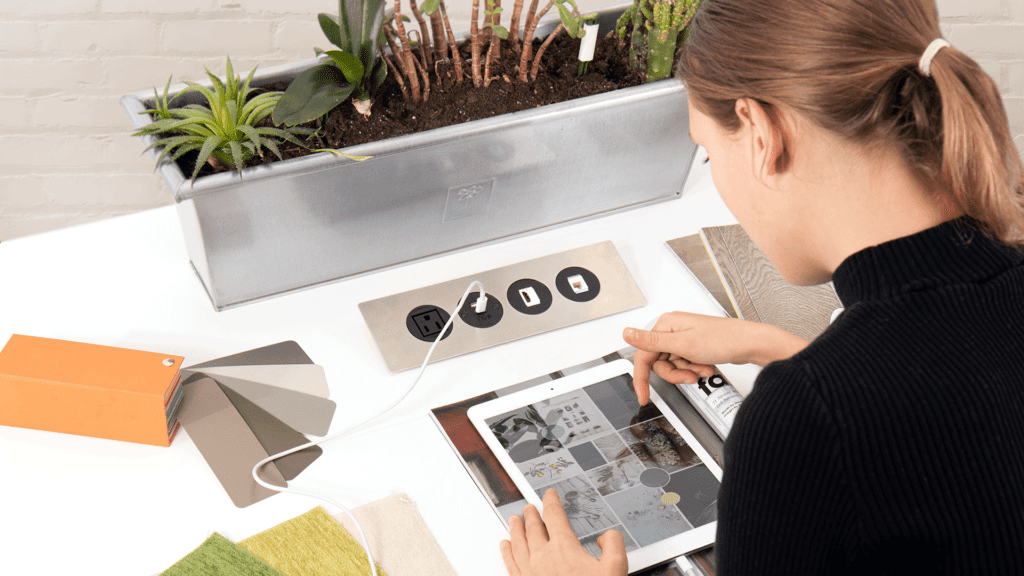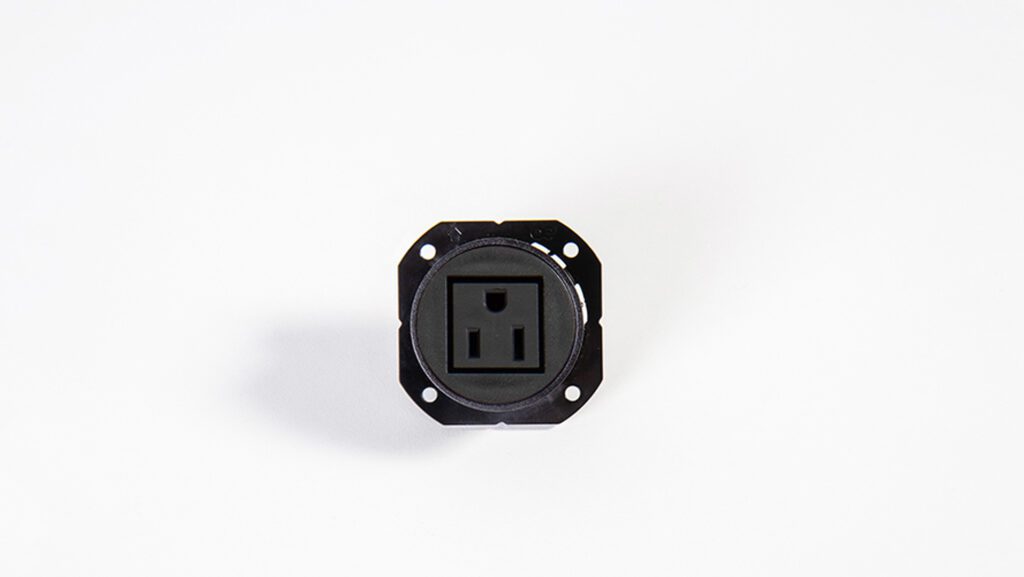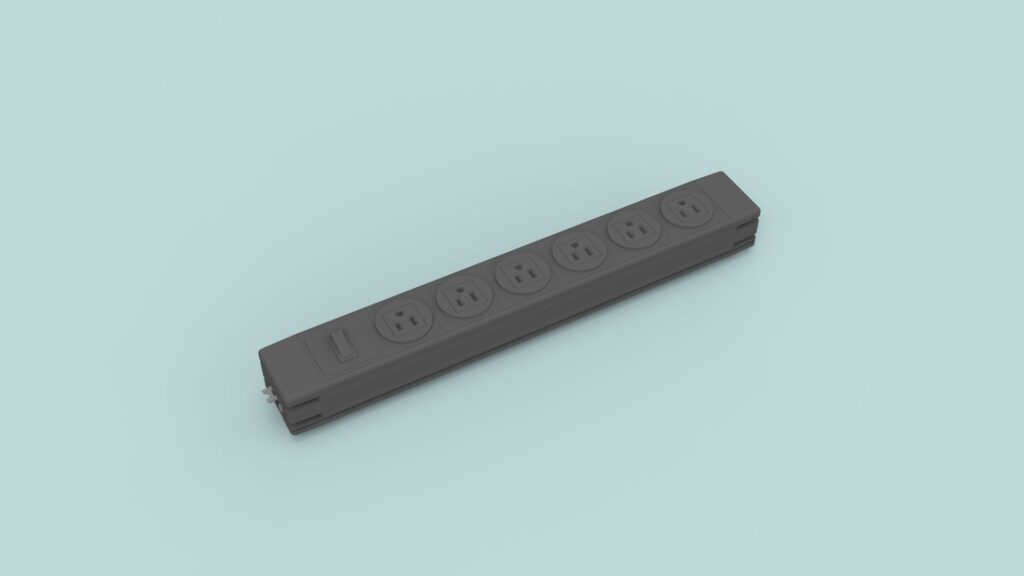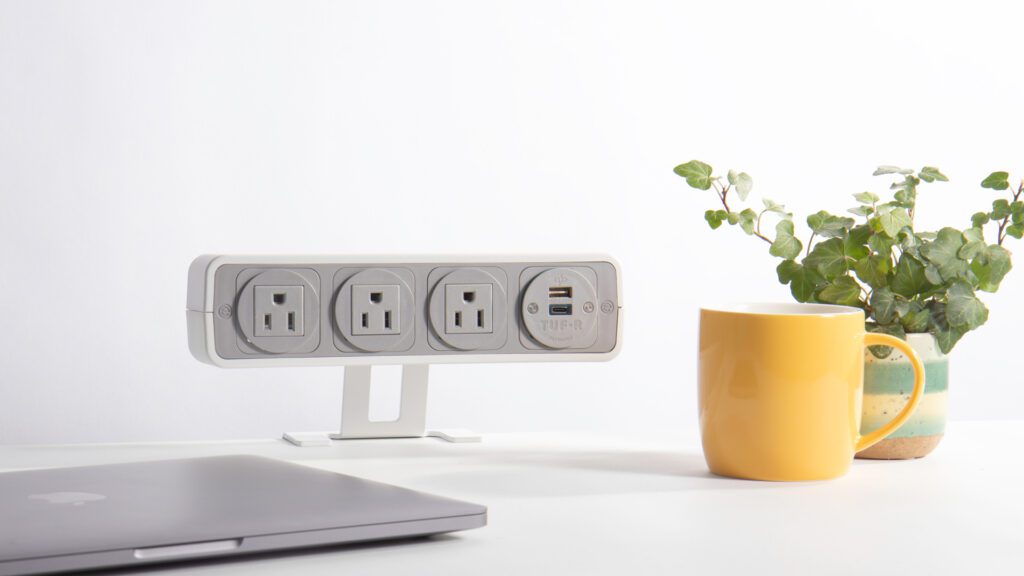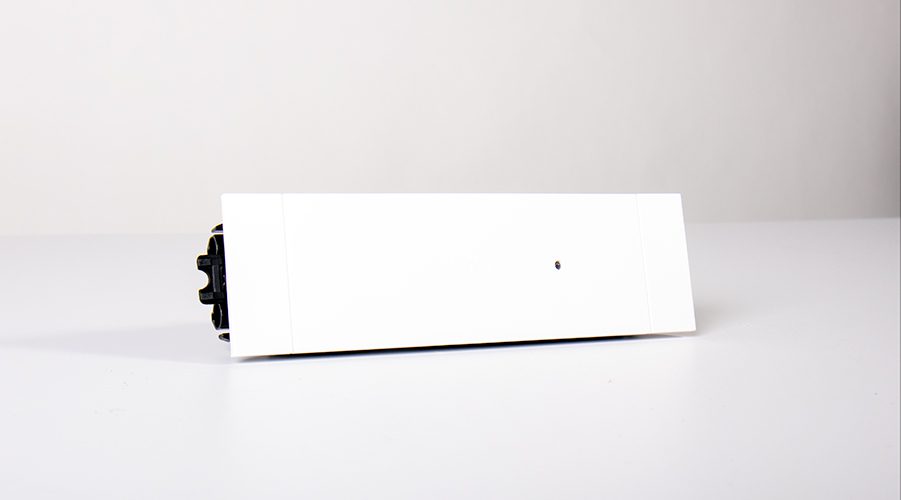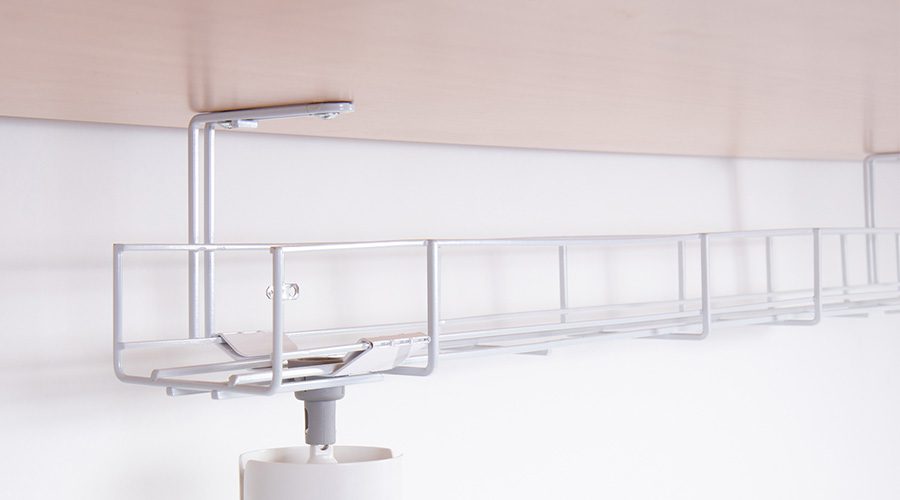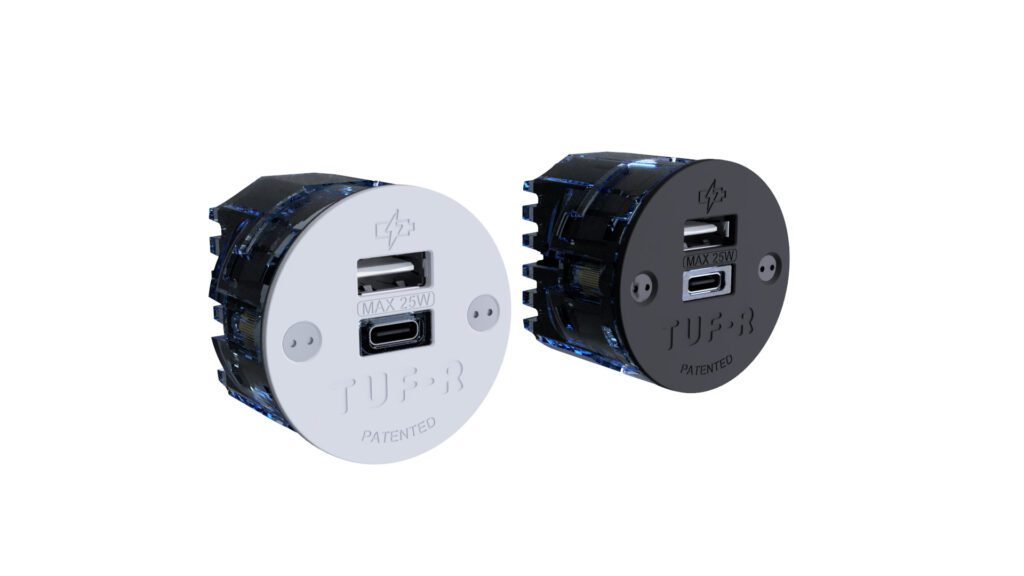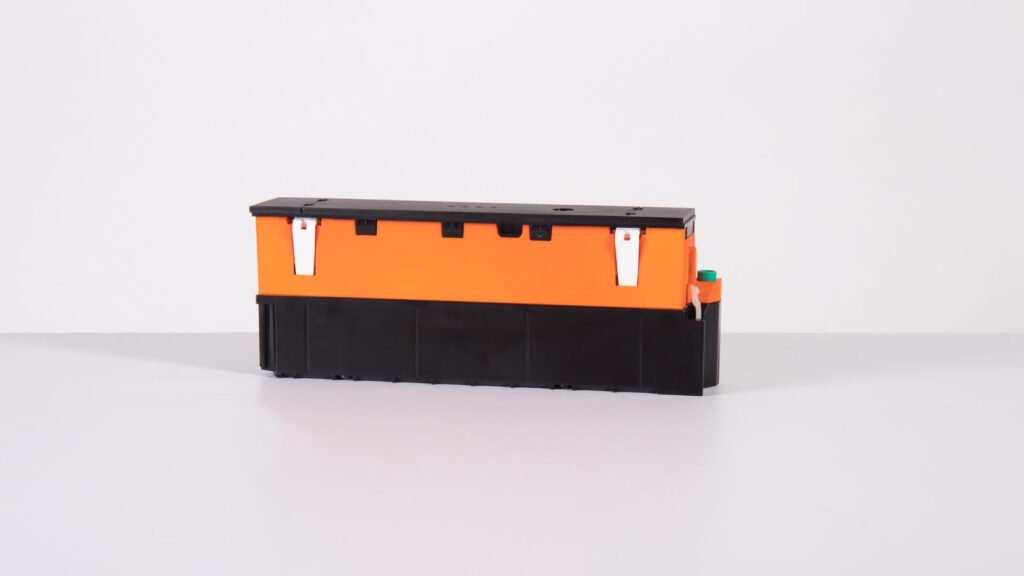The 7 electrics questions you were too embarrassed to ask
“Is the electricity in lightning the same kind that powers my toaster?” and more… #7 is guaranteed to make you laugh

Truth: electrics can be confusing.
I remember when I worked for a furniture manufacturer, I always felt overwhelmed when we had to put electrics in our tables and soft seating.
Looking back, I can see one big reason why I was confused:
I was afraid to ask questions.
No one wants to feel stupid. No one wants their electrics supplier to think they’re thick. No one wants to ask a dumb question that shows how uninformed they really are.
…So I didn’t ask.
And as a result, I just fumbled along, doing my best and hoping that I made the right choices for our furniture.
At OE, we don’t want our furniture partners hoping they’re making the right electrics choices. Our job is to simplify electrics so you KNOW you’re making the best choices to enhance your furniture…and ultimately sell more of it.
That’s why one of our company mottos is “no question is too daft.” To ask is to show you’re curious and you care about learning — and that’s something we’re 100% behind.
With a motto like that, we’ve had some great questions over the years. And if others are asking these questions, there’s a good chance you’ve wondered about them, too.
So here’s a sampling of what others have asked, in case you’re curious about these (not-so) “silly” questions:
1. “Is the electricity in lightning the same kind that powers my toaster?”
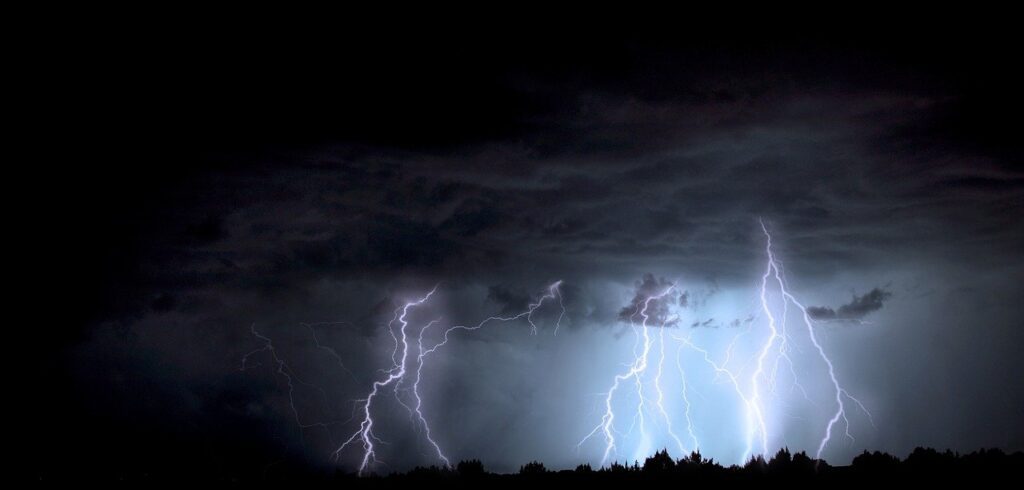
Short Answer: Yes.
Let’s put on our geek hats here, just for a second…
All electricity starts in the same way: negative particles (called electrons) move towards positive particles (called protons). Protons always stay in the same place, inside the nucleus of an atom. But electrons are more free to roam.
When electrons move towards protons, they carry electrical energy with them. We can harness that energy to power our devices, like your toaster — which is electricity in a nutshell.
Lightning is a very big, very fast burst of electrons, rushing from the clouds to the Earth. Those electrons carry the same electrical energy that powers your toaster, just on a much larger scale. According to National Geographic, a bolt of lightning contains up to one billion volts of electricity. Your toaster, on the other hand, operates at about 100-ish volts.
The electrical grid uses a complex combination of transformers to make sure you don’t overload your toaster with lightning bolt-levels of charge. Similarly, when you use OE’s TUF USB Power Delivery system, it “reads” the device that’s plugged in and then delivers the exact amount of power it needs to optimally charge the device. It’s pretty cool, if we do say so ourselves! Click HERE to learn more.
Ball lightning, on the other hand, is a whole new kettle of fish. If you ever want to go down that rabbit hole, check out this article on ball lightning. (And prepare to lose the rest of your afternoon.)
2. “Why does my socket spark? Is it dangerous?”
Short Answer: No
…but also maybe yes?
Let me explain:
Power always flows in a closed loop, a “circuit,” as you may remember from science class. Power usually moves smoothly from the main electrical grid, through your building, and back out to the main grid.
When you plug a device into an outlet, you siphon off some of that power from the larger flow into your device. The reverse happens when you unplug your device, as the power re-joins the main stream again.
That interruption causes a quick spark. This is normal and safe and nothing to worry about!
But sometimes — if your unit is old or if wires have loosened, for example — too much power is diverted from the larger flow. Because electricity moves fast and hot, this causes a larger, more powerful spark (that you can see from the outside of the socket) that can cause damage and even an electrical fire.
Take a spark as a warning sign if it:
- Is large in size
- Lasts more than a brief moment
- Smells like melted plastic
- Is accompanied by smoke
- Happens every time you plug in/out of the outlet
In that case, don’t panic! But do call an electrician and avoid using that outlet until they can assess its safety.
3. “Where does electricity come from?”
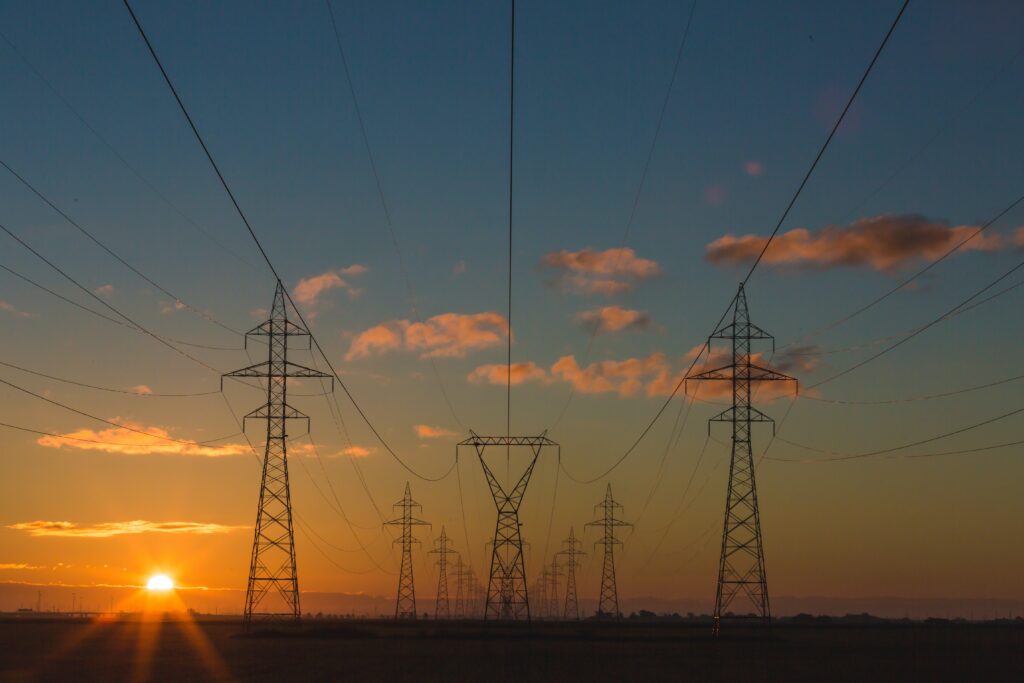
Short Answer: The Earth!
All you have to do to use electricity is flip a switch. But what happens before that? To answer, we have to travel beyond the wall (sockets), Jon Snow…
We use a few different methods to generate electricity but they all have one thing in common: turning raw Earth materials into power. So at its core, all electricity comes from:
- Coal and other fossil fuels
- Sun rays
- Water
- Wind
- Biomass (corn, wood, etc.)
- Uranium atoms
Einstein taught us that energy cannot be created or destroyed, it can only be changed from one form to another. Power plants transform the energy in these raw materials into electrical energy that we can use. They’re really amazing!
Take coal, for example:
- Coal is burned to create heat (thermal energy).
- That heat boils water, which creates steam.
- Billows of steam are then pressurized and pushed towards a turbine, causing it to spin fast. This creates kinetic energy, the energy of motion.
- Inside the turbine is a generator full of magnets and coils that transforms all that “movement energy” into electrical energy.
Then, the resulting electrical energy is piped through cables to your house. It’s a complex system (called the “grid”) that spans thousands of miles of power lines, transformers, and substations to connect the power plant to you.
Here’s a great video to explain it, if you’re more of a visual learner…
4. “You talk about USB-A and USB-C... what happened to USB-B?”
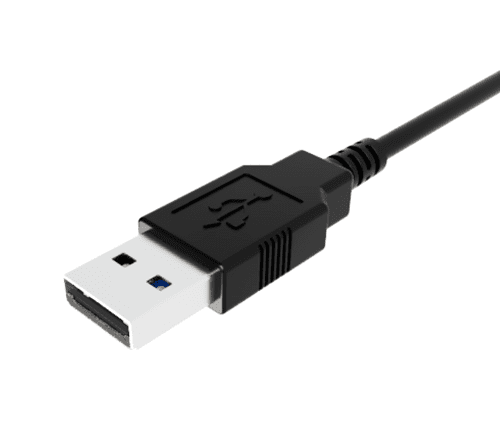
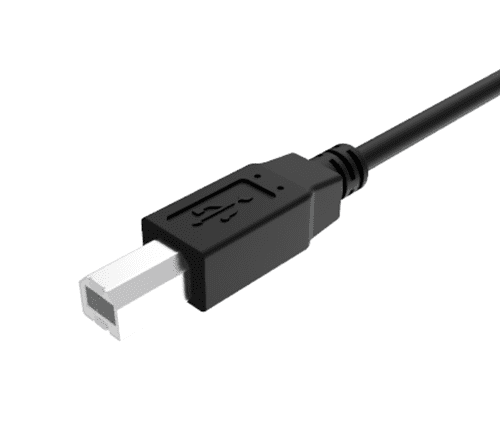
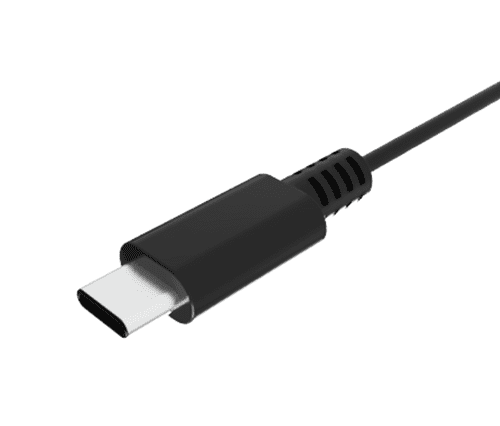
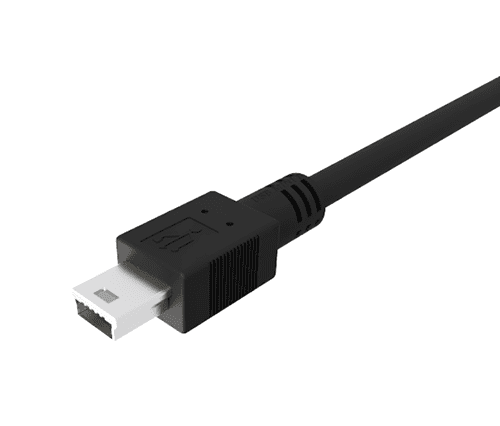
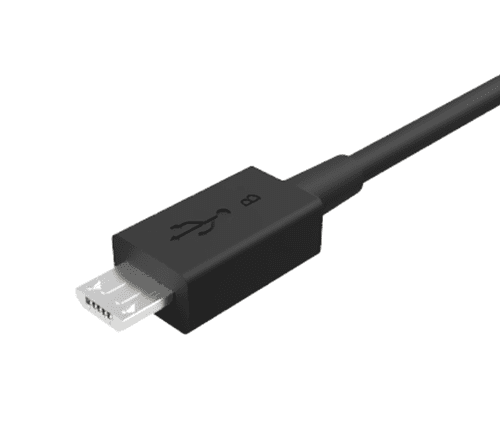
Short Answer: RIP USB-B
Remember what was commonly called “micro-USB” that was used in early mobile phones?
That’s a type of USB-B…and it’s pretty much obsolete.
Most phones now have USB-C input, with the exception of Apple’s lightning charger.
USB-B input is still sometimes used to connect printers or scanners to your computer. And even that’s changing.
In 2015, USB-C was introduced, which is fast becoming the standard when it comes to USB.
It can be used as an input or an output, with higher power and far better data speeds, and it’s also the only bi-directional (reversible) option…although OE beat the system when we developed our reversible USB-A!
Click here to learn more about USB-C.
5. “How is using less electricity good for the environment? I don’t see the connection.”

Short Answer:Burning raw earth materials such as coal (see Q.3) creates more carbon dioxide in the environment.
At OE, we recognize our responsibility to conduct business in a way that protects and improves the environment for future generations. We’ve done things like ban single-use plastics in our cafeterias, use paper tape in our packaging, and offer a cycle-to-work scheme for our employees. (Learn more about OE’s environmental & sustainability policies here.)
Yet the truth is, some forms of energy production are more impactful on the environment than others.
In the example above, burning coal to create electricity releases carbon dioxide — which is correlated with issues like climate change, air pollution, and natural habitat destruction.
The less power you use, the less coal is burned, and the less carbon dioxide is released into the air. So on a very over-simplified level, using less energy is good for the environment.
Now, I’m not suggesting we all move to a commune and start living by candlelight. Our modern world is powered by electricity…and that’s a beautiful thing!
But it is a good idea to be mindful of your energy usage. And to make greener choices where you can by doing things like:
- Turning off lights when you leave the room
- Walking, biking, and using public transportation where possible
- Drying clothes outside, rather than using a clothes dryer
- …You know the stuff.
OE is even exploring alternatives to traditional AC power using renewable energy sources, such as wind and solar, to efficiently harness electricity and be gentler on the planet. As part of the Emerge Alliance, OE is advocating for the adoption of sustainable DC and hybrid AC/DC distributed power systems for buildings and communities to reduce our impact on the environment.
6. “Why doesn’t every country just use the same plug socket?”

Short Answer: History!
Quick history lesson:
In the late 1800s, Thomas Edison and Nikola Tesla proposed the use of rival electrical systems, AC from Edison and DC from Tesla. Check out “The Current War” on Amazon Prime Video to get the electrifying history of how our electrics came to be.
From there, it divided even further, as different countries innovated and developed their own plug-and-socket systems. That’s why we now see different shapes, sizes, and power levels (120-volt outlets in North America vs. 240 volts most other places) around the world.
You can buy an adapter to transform the power from an outlet to match the needs of an international device. But adapters are far from perfect, as our U.S. Sales Manager John found out when he visited our U.K. head office and his American shaver short-circuited halfway through a beard trim…causing him to go clean-shaven the rest of the trip 
On top of beard-related mishaps, poorly-made adapters can be quite dangerous and are the culprits behind many an electric fire.
There actually IS a push for every country to move toward one type of plug (Type N) but pretty much no one’s doing it. We’re too entrenched in our own systems to change.
Until then, OE is one of the few suppliers in the industry who can provide every nationality socket option in our products (see the complete list here).
That’s also why we’re so big on USB charging at OE — it’s the closest we have to a universal outlet. Most devices around the world incorporate USB into their chargers and USB-C is projected to be in 3.5 billion devices by 2023.
We’re seeing a big rise in demand from spaces that serve international customers, like airports and hotels, for this very reason. When I gave my keynote about USB charging at the Hotel & Spa Tech Live conference last year, they asked a lot of questions about wireless charging, too — another near-universal option we provide.
7. “What exactly is the electric slide?”
We’ll end on the most important question in the bunch. But unfortunately, we don’t have a clear answer.
In OE’s 30 years in this industry, we haven’t come across this elusive phenomenon in person, so we can’t say for sure.
One thing we do know is that you can’t see it (it’s electric!) but you know it’s there — here, there, and everywhere.
It also likes to boogie-woogie, apparently.
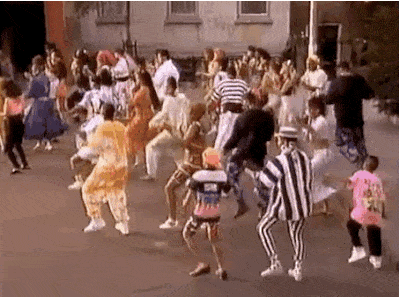
I hope that clears up some of the questions you may have had about electrics. One more great thing about asking questions…
When you admit you don’t know something, you give others permission to admit they don’t have all the answers, either. It’s a beautiful cycle that opens us up to be more humble, thoughtful, and curious.
…Which is why we say no question is too daft at OE. (Ever!)
What other electrics questions do you have?
Let us know in the comments or email us anytime at hello@oeelectrics.com
We’d love to give you a simple answer in plain English.
